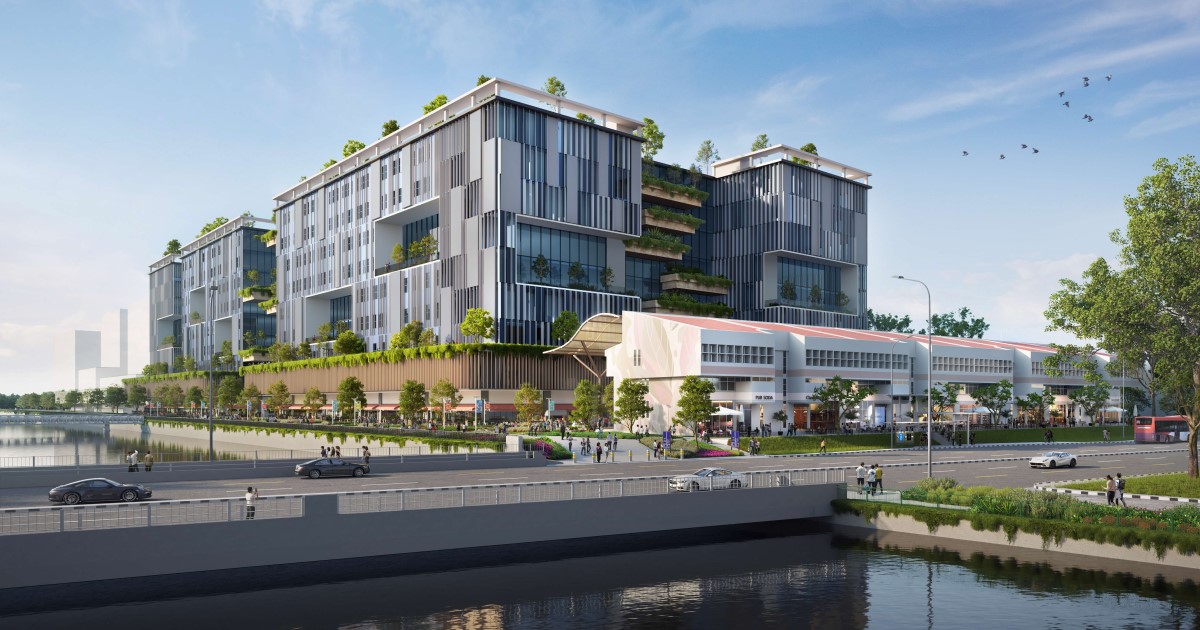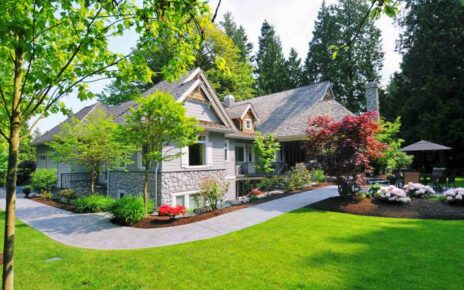The landscape of JTC industrial rental options in Singapore has evolved dramatically in recent years, creating both opportunities and challenges for businesses seeking manufacturing, warehouse, or production facilities. What once was a straightforward process has transformed into a complex ecosystem of property types, locations, and regulatory considerations that demand careful navigation.
Understanding the JTC Ecosystem
JTC Corporation, as Singapore’s principal developer and manager of industrial spaces, has created a diverse portfolio of properties designed to support different industrial needs. This ecosystem includes several distinct property categories:
- Standard factories for traditional manufacturing
- Business parks for knowledge-intensive activities
- Stack-up factories for vertical manufacturing
- Specialized facilities for high-specification industries
- Flatted factories for light production
- Specialized spaces for research and development
“The JTC industrial landscape functions as more than just real estate—it’s a carefully designed economic infrastructure that shapes how businesses operate, collaborate, and grow within Singapore’s limited land area.”
Understanding these distinctions is crucial for identifying suitable options for your specific business requirements.
The Geography of Industrial Opportunity
Location Strategies for Business Advantage
The distribution of industrial spaces across Singapore follows strategic patterns that reflect both historical development and forward-looking economic planning:
- Western regions (Jurong, Tuas) focus on heavy industry and manufacturing
- Northern areas (Woodlands, Seletar) support precision engineering and aerospace
- Eastern zones (Changi, Loyang) emphasize logistics and transportation
- Central regions (Kallang, MacPherson) house urban industries and light manufacturing
Each location offers distinct advantages in terms of connectivity, labour access, supply chain integration, and cost structures. These factors significantly impact operational efficiency and should feature prominently in location decisions.
Navigating the Application Process
From Interest to Occupancy
The journey from identifying potential spaces to securing a lease involves several critical steps:
- Initial property identification through the JTC website or property agents
- Eligibility verification based on business classification and space requirements
- Formal application submission with supporting documentation
- Technical evaluation of space requirements and compatibility
- Financial assessment and approval process
- Lease negotiation and finalization
- Fit-out and occupation preparation
“The application process serves as a gatekeeper, ensuring that limited industrial spaces are allocated to businesses that can utilize them effectively while supporting Singapore’s broader economic development goals.”
First-time applicants often underestimate the documentation requirements and approval timelines, leading to preventable delays in securing suitable spaces.
Understanding Lease Structures
Terms, Conditions, and Considerations
JTC lease agreements contain several distinctive elements that differ from conventional commercial leases:
- Lease terms typically range from 3 years to 30+ years depending on property type
- Assignment restrictions limiting subleasing or transfer options
- Specific usage conditions tied to approved industrial activities
- Minimum production space requirements (commonly 60% of total area)
- Environmental compliance obligations specific to each industry
- Building maintenance responsibilities clearly delineated
These conditions reflect the strategic nature of industrial space allocation in Singapore’s land-constrained environment.
Financial Considerations Beyond Rent
The True Cost of Industrial Space
The financial equation of industrial rental extends well beyond the headline rental rate:
- Service and maintenance charges (typically calculated per square meter)
- Utility connection and consumption costs
- Property tax obligations (which vary by location and usage)
- Insurance requirements specified in lease agreements
- Renovation and fit-out expenses to prepare the space
- Reinstatement obligations at lease conclusion
These additional costs significantly impact the total occupancy expense and must be factored into financial planning for industrial space.
The Renewal and Relocation Landscape
Planning for the Future
Industrial lease management requires forward-looking strategies, particularly as businesses approach renewal decision points:
- Renewal applications typically open 24-36 months before lease expiration
- Location-specific renewal eligibility criteria may apply
- Rental revisions based on current market conditions occur at renewal
- Relocation assistance programs may be available for businesses in redevelopment zones
- Extension periods often differ from original lease terms
Businesses frequently underestimate the lead time required for renewal decisions, creating unnecessary uncertainty and constraining strategic options.
Emerging Trends in Industrial Space
The Evolving Industrial Landscape
Several significant trends are reshaping Singapore’s industrial property sector:
- Increased emphasis on sustainability features and green certifications
- Rise of high-specification spaces supporting advanced manufacturing
- Integration of digital infrastructure supporting Industry 4.0 implementation
- Development of co-located innovation clusters and ecosystems
- Adaptive reuse of older industrial buildings for new purposes
- Growth of flexible industrial space options with shorter commitment periods
These trends reflect broader shifts in manufacturing technologies, supply chain strategies, and workforce expectations that are transforming industrial space requirements.
Maximizing Value from Industrial Space
Optimization Strategies
Experienced industrial tenants employ several approaches to extract maximum value from their facilities:
- Strategic space planning optimizing workflow and movement
- Energy efficiency improvements reducing operational costs
- Modular designs allowing reconfiguration as needs evolve
- Careful consideration of ceiling heights and floor loading capacities
- Planning for future expansion or contraction scenarios
- Integration of automated storage and retrieval systems where appropriate
These optimization approaches help businesses manage Singapore’s premium industrial space costs while maintaining operational efficiency.
Conclusion
Navigating Singapore’s industrial property landscape requires understanding both the physical spaces available and the strategic vision that shapes their development and allocation. The careful matching of business requirements to suitable properties, locations, and lease structures represents a critical success factor for manufacturing and industrial businesses operating in Singapore’s land-constrained environment. With thorough research, careful planning, and strategic foresight, businesses can identify and secure industrial spaces that support their operational requirements while positioning them within Singapore’s dynamic industrial ecosystem. Success in this environment comes not just from finding space, but from identifying the right space at the right terms within the comprehensive system of JTC industrial rental.





